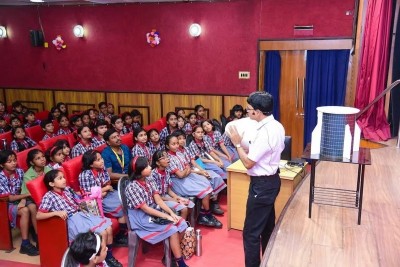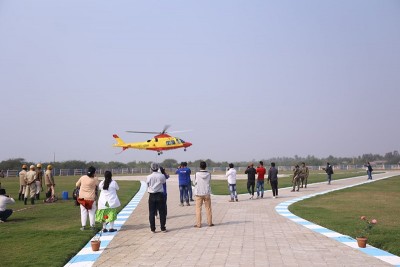UN health agency issues new guidelines on treating, preventing cervical cancer
WHO revealed these findings in the newest version of the Comprehensive Cervical Cancer Control: A guide to essential practice, launched at the World Cancer Leaders’ Summit in Melbourne, Australia.
“WHO’s updated cervical cancer guidance can be the difference between life and death for girls and women worldwide,” Dr Nathalie Broutet, a leading WHO expert on cervical cancer prevention and control, said.
“There are no magic bullets, but the combination of more effective and affordable tools to prevent and treat cervical cancer will help release the strain on stretched health budgets, especially in low-income countries, and contribute drastically to the elimination of cervical cancer,” he added.
The main elements to prevent and control cervical cancer are to: vaccinate 9 to 13-year-old girls with two doses of the Human papillomavirus (HPV) vaccine; use HPV tests to screen women for cervical cancer prevention; and communicate more widely, according to WHO.
“The disease is one of the world’s deadliest – but most easily preventable – forms of cancer for women, responsible for more than 270 000 deaths annually, 85 per cent of which occur in developing countries,” the UN health agency said. “An estimated 1 million-plus women worldwide are currently living with cervical cancer.”
Girls in more than 55 countries are protected by routine administration of the vaccine and encouragingly, a growing number of low- and middle-income countries are introducing the vaccine in the routine schedule, WHO said.
As for the testing to screen for the virus, once a woman has been screened negative, she should not be rescreened for at least 5 years, but should be rescreened within 10. “This represents a major cost saving for health systems, in comparison with other types of tests,” WHO said.
The new guidance, known as the “Pink Book,” provides a comprehensive cervical cancer control and prevention approach for governments and healthcare providers and underlines recent developments in technology and strategy for improving women’s access to health services to prevent and control cervical cancer.
Support Our Journalism
We cannot do without you.. your contribution supports unbiased journalism
IBNS is not driven by any ism- not wokeism, not racism, not skewed secularism, not hyper right-wing or left liberal ideals, nor by any hardline religious beliefs or hyper nationalism. We want to serve you good old objective news, as they are. We do not judge or preach. We let people decide for themselves. We only try to present factual and well-sourced news.







